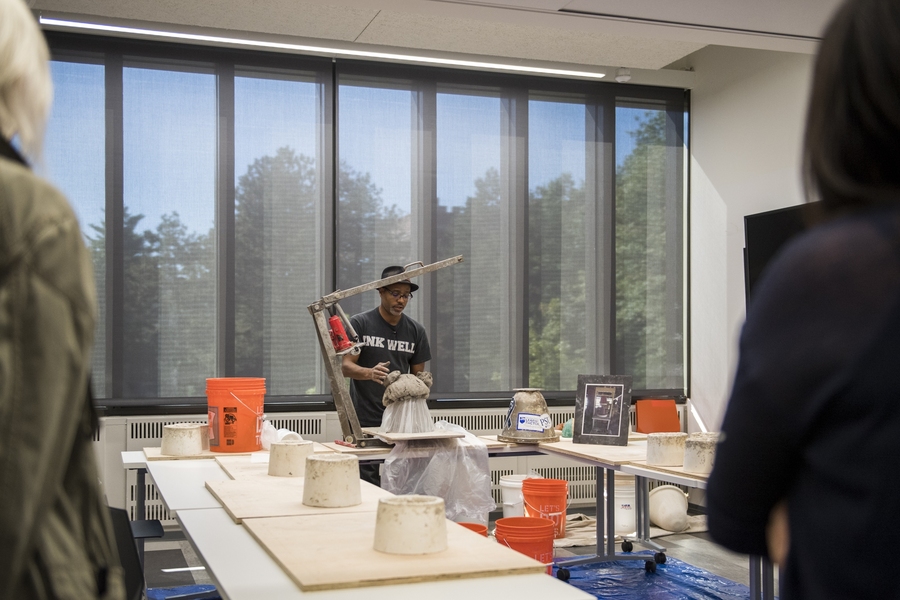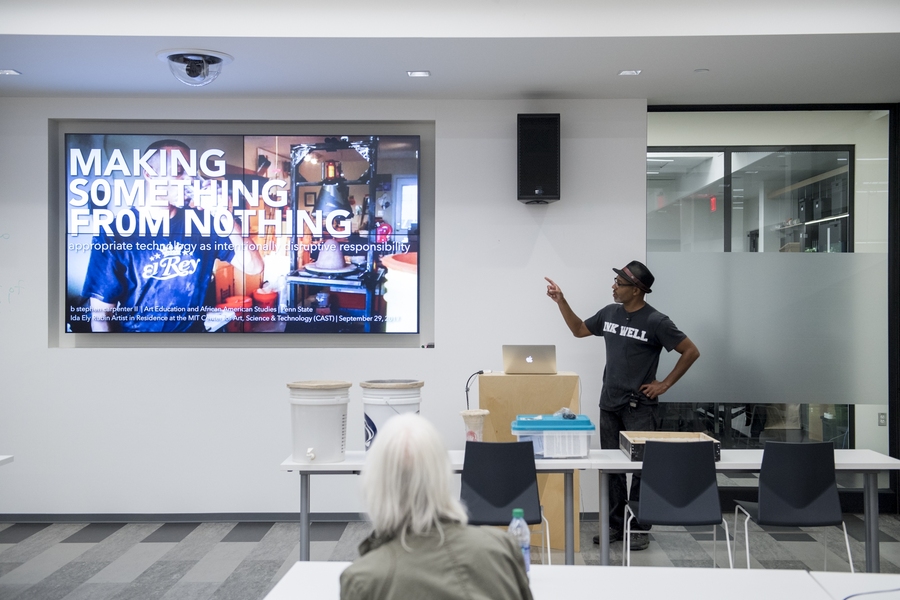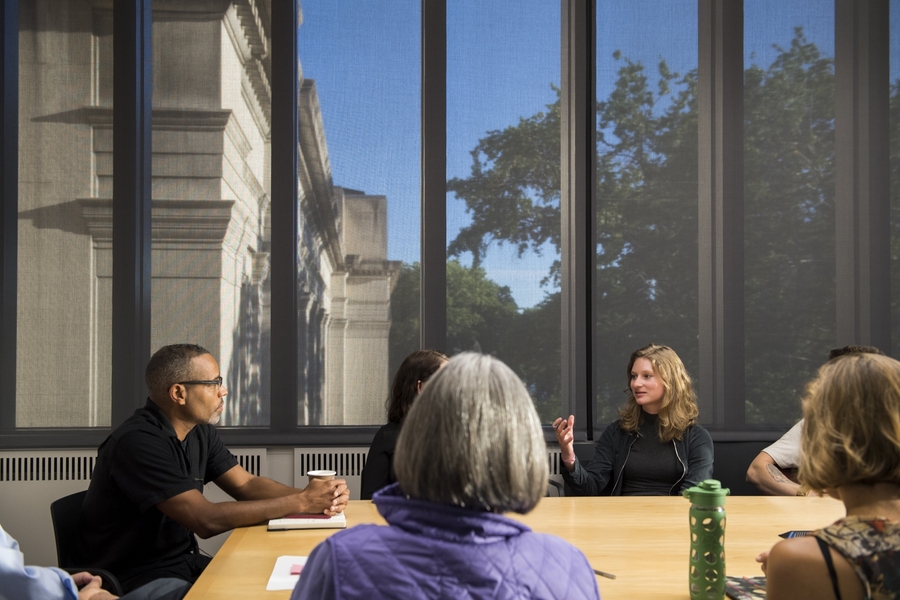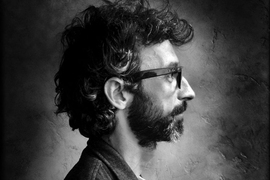In today’s social climate, which is often characterized by polarization and intolerance, visiting artist B. Stephen Carpenter II believes that art can enable people to have civil conversations about difficult topics such as race, segregation, and poverty in the U.S.
During the fall semester, Carpenter, the Ida Ely Rubin Artist in Residence at the MIT Center for Art, Science and Technology (CAST), was invited to MIT by Ford Professor of Environmental and Urban Planning Lawrence Susskind, to explore different perspectives by examining issues of access, privilege and the global water crisis. From Nov. 16 to 18, Carpenter will return to MIT to conclude his residency by delving into how the act of teaching — in addition to the practice of creating art — can be directed at disrupting systemic oppression.
Carpenter’s work enlists bystanders as collaborators and asks them to reflect upon the experience, purpose, and message in order to move the artwork beyond passive commentary and into the realm of producing action. For instance, in Double Water Fountains, Carpenter juxtaposes a black-and-white filtered, modern image of himself drinking from the lower half of a contemporary, dual water fountain, with Elliott Erwitt’s Segregated Water Fountain, an image that serves as a U.S. cultural touchstone for the civil rights movement, Jim Crow, and segregation. Through the similarity of composition and subject, Carpenter flattens a sense of time and incorporates the photographer, a complete stranger, into conversations about public spaces, our access to those spaces, and how past events haunt our present.
In another example of disruption to systems of oppression and addressing an urban planning problem from the perspective of an artist, Carpenter’s water filter project aims to circumvent economic hurdles that prevent access to clean drinking water. The project grew out of Carpenter’s love of ceramics and the persistent urge to create positive change in the world. Using low-cost and readily available materials in conjunction with a 50-pound, portable press, Carpenter is able to produce water filters that make unsafe water potable. “There is power in simplicity,” Carpenter observes. “These filters cost around $25 and can last up to five years.”
Carpenter’s residency has taken place over three visits to campus, in three different formats for Cambridge and Boston community members to learn about and collaborate in the production of his work. He has led seminars that focused on reflecting on the theory and choices behind Carpenter’s practice. He has also given performances and lectures, engaging the MIT community and inviting them to participate in the continuation of several of his well-known projects. And, he has taken part in community lunches and forums that were specifically aimed at inviting K-12 educators in Massachusetts to incorporate Carpenter’s social engagement in their own teaching.
“Socially engaged art often leads to a reappraisal of what people believe and what they value,” notes Susskind. “If handled effectively, it can produce a self-sustaining dialogue. In a democratic and planning context this is always good.”
The dates of the final visit of Carpenter’s MIT residency are on Nov.16-18. He will focus on how the practice of participating in the creation of art can inform how we teach, define, and appreciate art — and in doing so, how our perception of art changes our world views. By showcasing his previous MIT performances and lectures, Carpenter will illuminate how each individual, whether an artist, student, or teacher, has the opportunity to creatively apply their unique talents to disrupt problematic systems to allow space for positive change.
“The collaboration with MIT,” Carpenter says, “is pushing me to think more about how this work, and other social practice work, offers entry points to areas, questions, or considerations of social, cultural, political, and other lived experiences [that] other disciplines typically study, but only do so through their conventional modes and methods.”
Carpenter is also a professor of art education and African American studies, co-director of the Summer Institute on Contemporary Art (SICA), and chief executive artist for Reservoir Studio at Penn State. He is also a founding faculty member of the summer residency MAT/MA in Art and Design Education at Vermont College of Fine Arts.
Editorial team: Sydney Dobkin (CAST), Takeo Kuwabara (DUSP) and Tom Gearty (SA+P)












